ॐ श्री गुरुभ्यो नमः ॐ श्री शिवानन्दाय नमः ॐ श्री चिदानन्दाय नमः
Source of all Images in this Blog-post : Google Images : ‘Google Image Search’ will reveal the multiple sources of every single image shared in this Blog. For more details, kindly see ‘Disclaimer
‘ Takshashila : A UNESCO World Heritage Site‘
Takshashila became a noted centre of learning at least several centuries BCE, and continued to attract students from around the old world until the destruction of the city in the 5th century.

Taxila or Takshashila is a city of Punjab in today’s Pakistan.
Located in the Taxila Tehsil of Rawalpindi District, it lies approximately 25 kilometres northwest of the Islamabad–Rawalpindi metropolitan area and is just south of Haripur District in Khyber Pakhtunkhwa.

Old Taxila was an important city of ancient India, situated on the eastern shore of the Indus River – the pivotal junction of the Indian subcontinent and Central Asia; it was founded around 1000 BCE.

Some ruins at Takshashila date to the time of the Achaemenid Persian Empire in the 6th century BCE, followed successively by the Maurya Empire, the Indo-Greek Kingdom, the Indo-Scythians, and the Kushan Empire.
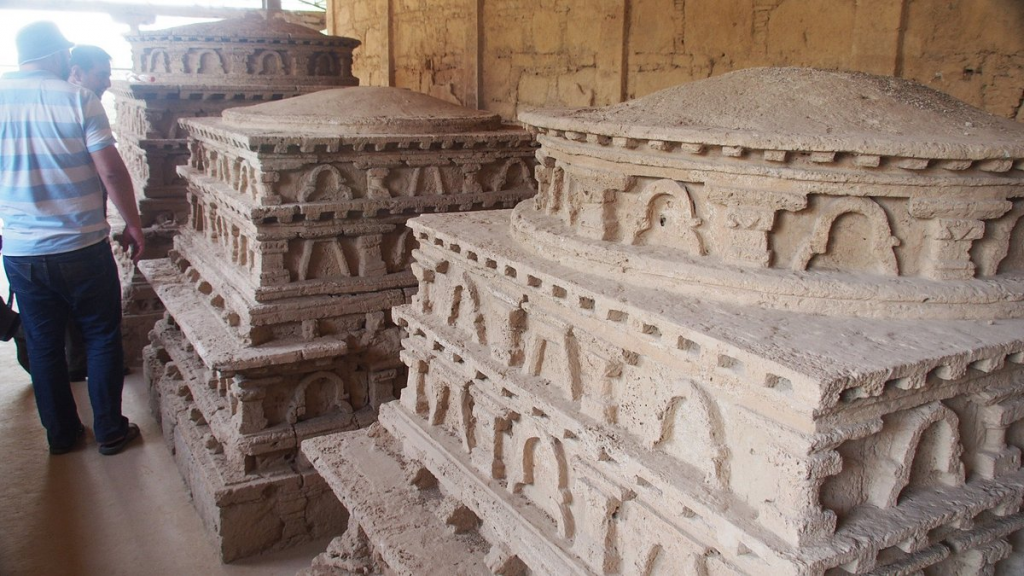
Owing to its strategic location, Takshashila has changed hands many times over the centuries, with many polities vying for its control.
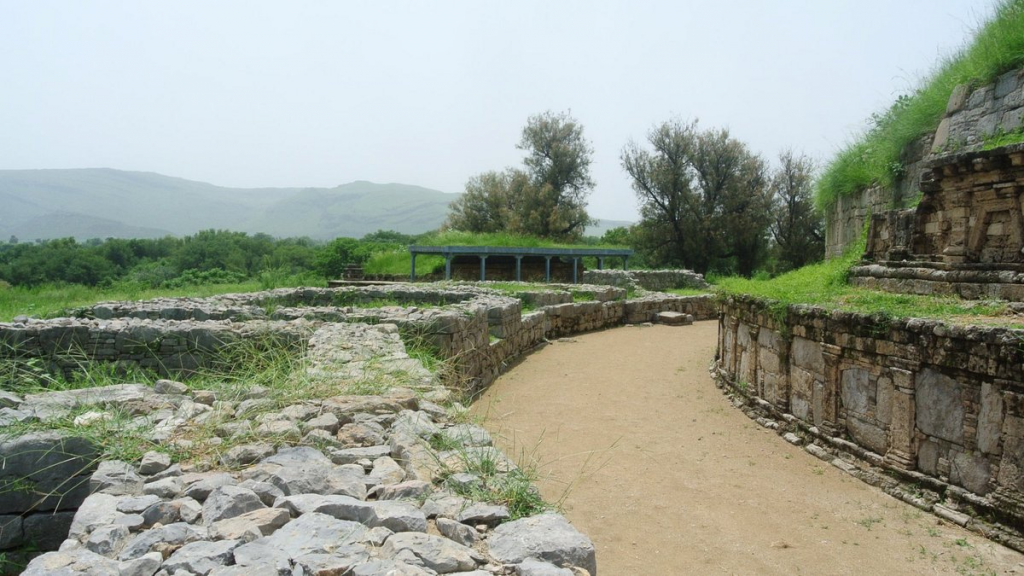
When the great ancient trade routes connecting these regions ceased to be important, the city sank into insignificance and was finally destroyed by the nomadic Central Asian Hunas in the 5th century.

In the mid-19th century, British archaeologist Alexander Cunningham rediscovered the ancient city’s ruins. In 1980, Takshashila was declared a World Heritage Site by UNESCO.
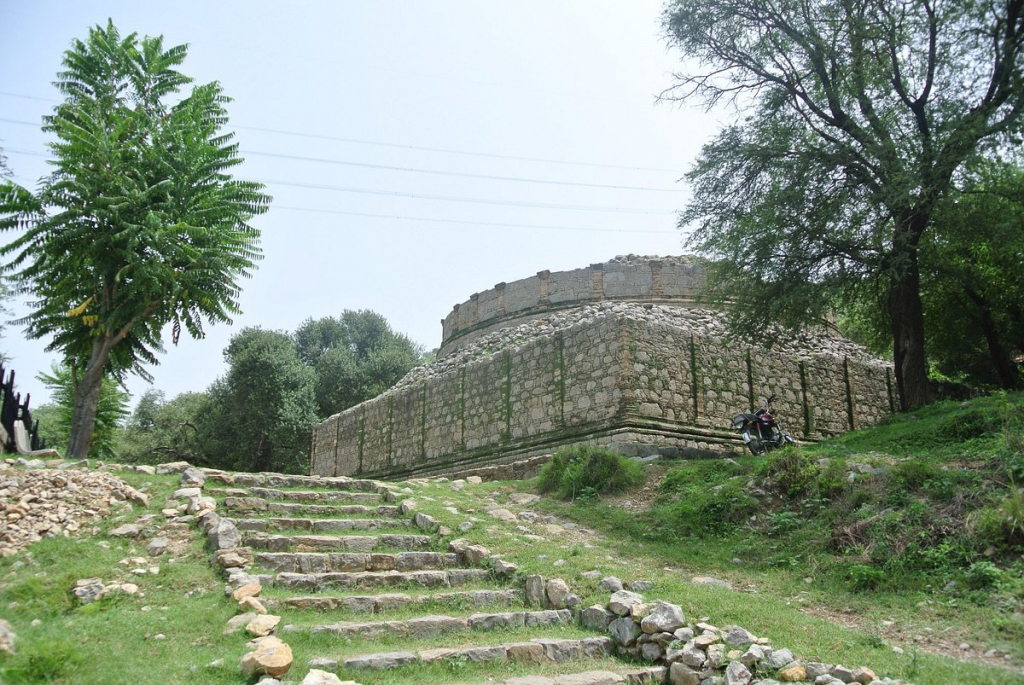
By some accounts, the university in ancient Takshashila is considered to be one of the earliest universities in the world.

In a 2010 report, the Global Heritage Fund identified Takshashila as one of the 12 worldwide sites that was on the verge of irreparable loss and damage, citing insufficient management, development pressure, looting, and armed conflict as primary threats.

However, significant preservation efforts have been carried out by the Pakistani government since then, which has resulted in the site being declared as well-preserved by different international publications.
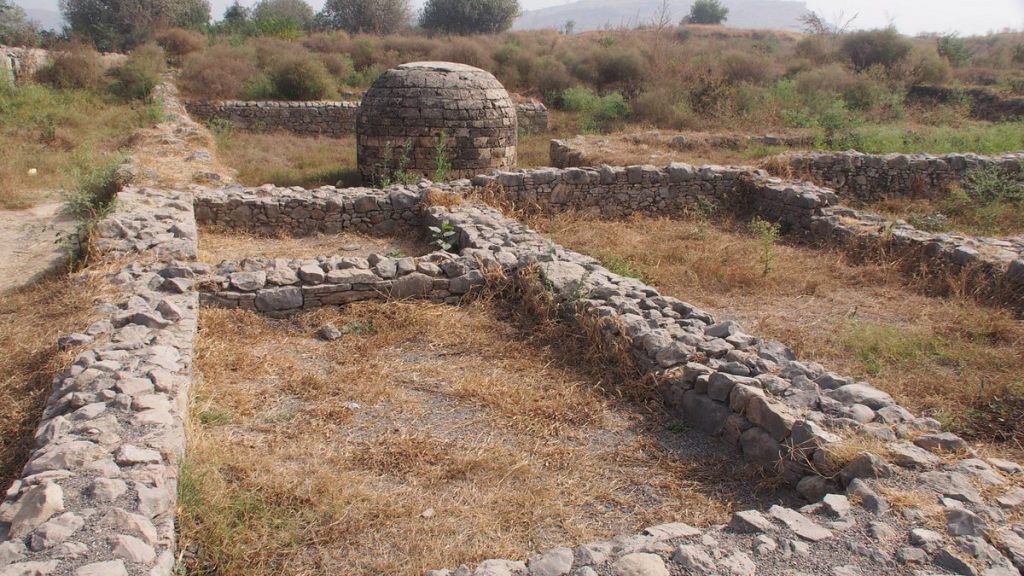
Because of the extensive preservation efforts and upkeep, the site is a popular tourist spot, attracting up to one million tourists every year.
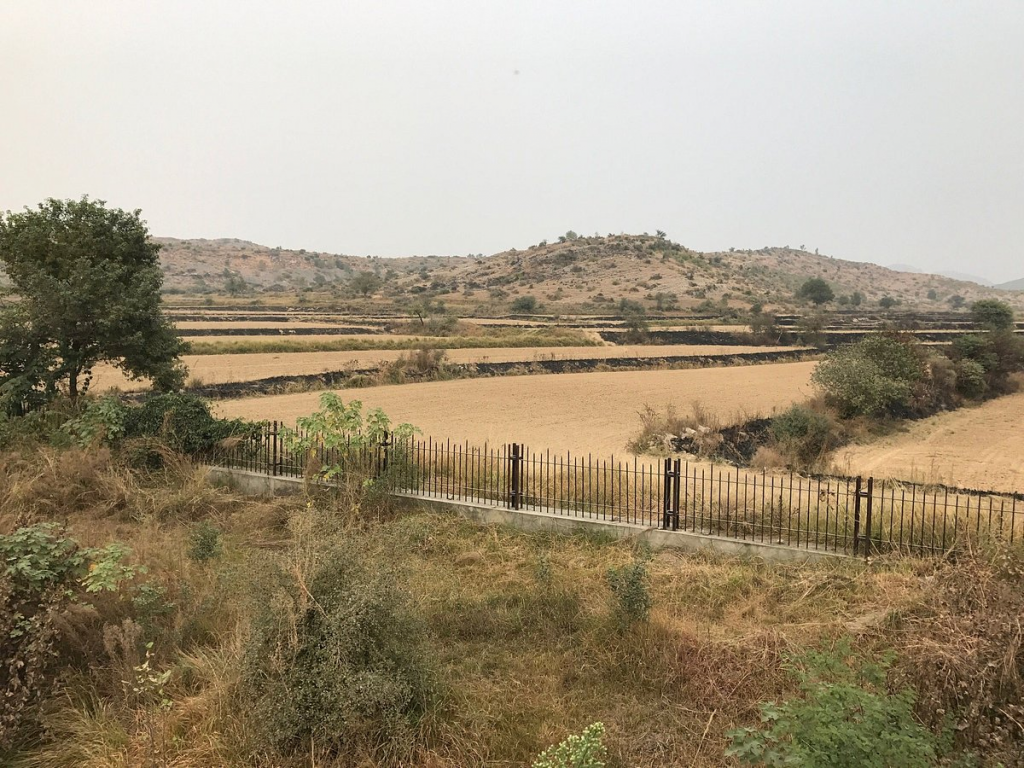
In ancient times, Taxila was known as Takṣaśilā in Sanskrit and as Takhkhasilā in Pali. The city’s Sanskrit name translates to “City of Cut Stone” or “Rock of Taksha” in reference to a story in the Ramayana that states that the city was founded by Bharata, the younger brother of the Hindu deity Rama, and named in honour of Bharata’s son, Taksha.

The Ramayana describes Takshashila as a magnificent city famed for its wealth which was founded by Bharata, the younger brother of Rama. Bharata, who also founded nearby Pushkalavati, installed his two sons, Taksha and Pushkala, as the rulers of the two cities.

In the Buddhist Jatakas, Taxila is described as the capital of the kingdom of Gandhara and a great centre of learning with world-famous teachers.
The Takkasila Jataka, more commonly known as the Telapatta Jataka, tells the tale of a prince of Banaras who is told that he would become the king of Takkasila if he could reach the city within seven days without falling prey to the yakshinis who waylaid travellers in the forest.
According to the Dipavamsa, one of Taxila’s early kings was a Kshatriya named Dipankara who was succeeded by twelve sons and grandsons. Kuñjakarṇa, mentioned in the Avadanakalpalata, is another king associated with the city.

In 1980, Takshashila was declared a UNESCO World Heritage Site At its height, it has been suggested that Takshashila exerted a sort of “Intellectual Suzerainty” over other centres of learning in India, and its primary concern was not with elementary, but higher education. Generally, a student entered Takshashila at the age of sixteen.
The Vedas and the Eighteen Shilpas or Arts, which included skills such as archery, hunting, and elephant lore, were taught, in addition to its law school, medical school, and school of military science.

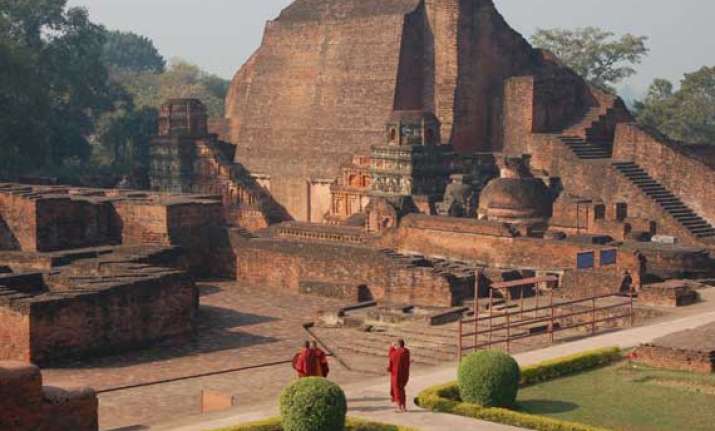
Students came to Takshashila from far-off places like Kashi, Koshala and Magadha, in spite of the long and arduous journey they had to undertake, on account of the excellence of the learned teachers there, all recognized as authorities in their respective subjects.

Famous students and teachers of Takshashila :
Takshashila is perhaps best known because of its association with Chanakya, also known as Kautilya, the strategist who guided Chandragupta Maurya and assisted in the founding of the Mauryan empire.
The Arthashastra (Sanskrit for The knowledge of Economics) of Chanakya, is said to have been composed in Takshashila itself.

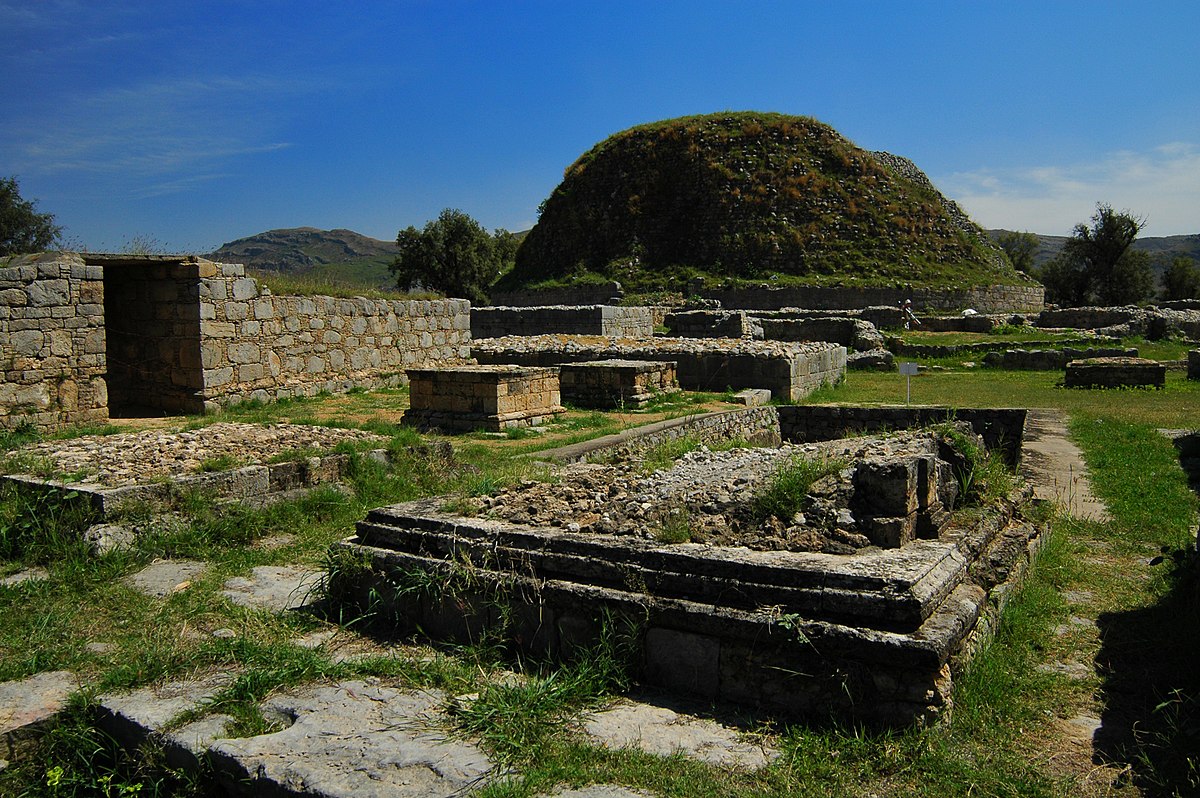
The Ayurvedic healer Charaka also studied at Taxila. He also started teaching at Takshashila in the later period. The ancient grammarian Panini, who codified the rules that would define Classical Sanskrit, has also been part of the community at Takshashila.
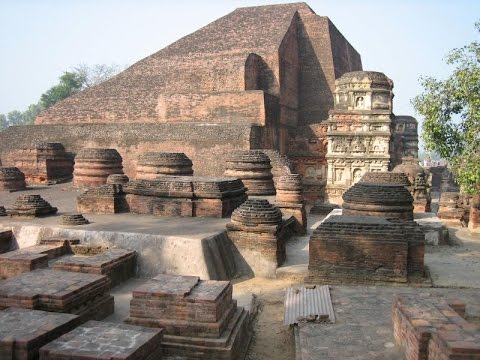
A Few YouTube Videos on Takshashila University :
